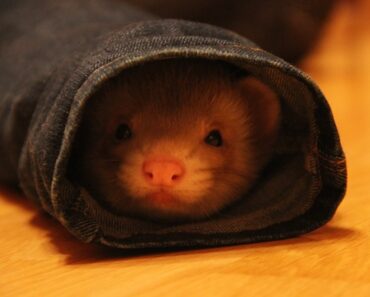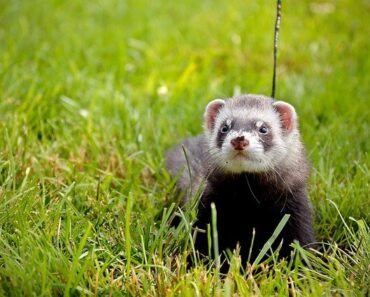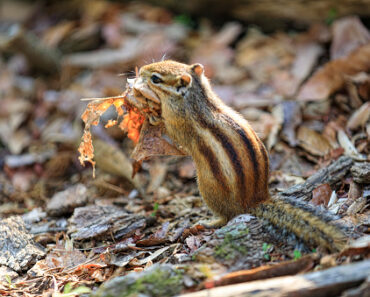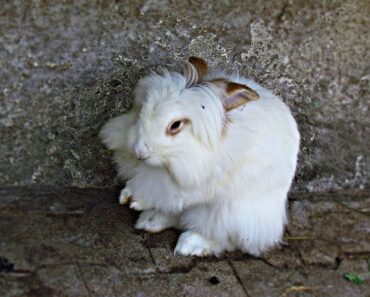With its short legs, its small muzzle and its big eyes, the adorable Russian hamster is an easy-going rodent that makes many households fall in love.
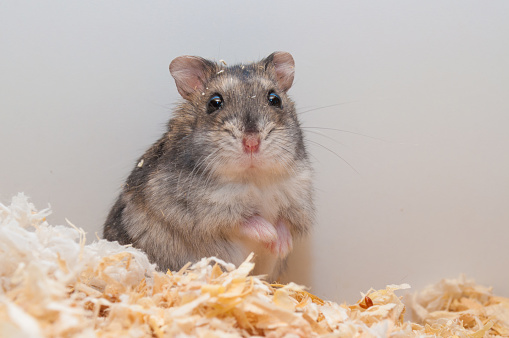
Where does the Russian hamster come from?
The Campbell’s hamster is also called Russian hamster. Because of its name, it is legitimate to think that this dwarf breed comes from Russia, but this is not really the case. Although it has its origin near Siberia, it comes from the cold and rather inhospitable northern steppes of Kazakhstan. This small rodent began to be imported as a pet in Europe and particularly in France in the 1970s.
The character of the Russian hamster
This rodent is a rather sociable animal. In its natural habitat, where the temperature can reach up to -25°, it forms colonies with the purpose that each of them participates in digging galleries composed of chambers whose temperature largely exceeds that of the outside, and in which they can sleep and store their food. Like many animals that live in tribes, there is a hierarchy with a dominant hamster. It is important to know that the same phenomenon can be observed in captivity. One hamster will, therefore, have the upper hand over the others, even if there are only three or four of them. They are, however, quite easy to tame. Although it is lively and fast, the Russian hamster is docile and calm, which makes it easy to handle.
The physique of the Russian hamster
The Russian hamster is much smaller than its cousin the golden hamster, the most common in Europe, which can measure up to 15cm and weigh up to 150g. The Russian hamster is at most about ten centimeters for about fifty grams. This gives it a stocky shape, almost ovoid. Moreover, the animal is covered with a medium layer of hair which gives him an even bigger aspect than in reality. Its coat can be of several colors, white or gray for the most common, with a stripe in the middle of its back. Finally, his eyes are black most of the time.
The Russian hamster in everyday life
On a daily basis, the Russian hamster is an easy-going animal that is not complicated to take care of. It lives mostly at night, so make sure it is not in a room where it could disturb the rest of the person sleeping there. Indeed, the rodent needs space to snoop, dig, and hide. It’s a player that needs to be given enough space, accessories and material so that it doesn’t get too bored without a companion.
This animal is not particularly fragile in terms of health. However, it is important to ensure that it lives in a clean environment to avoid the spread of harmful bacteria.
Finally, as far as its food is concerned, a mixture of seeds or pellets is suitable to provide it with everything it needs. In its natural habitat, it can eat in quantity since it eliminates a lot because of the cold and the activities it must do to protect itself. In captivity, it will risk becoming obese if its diet is not monitored.
In summary, its gentle nature, cute appearance and easy care make it a perfect pet.

